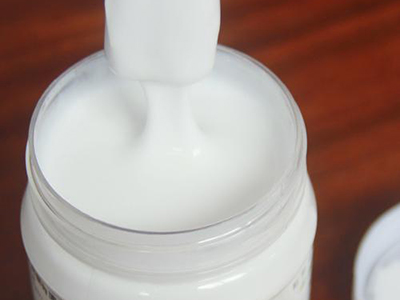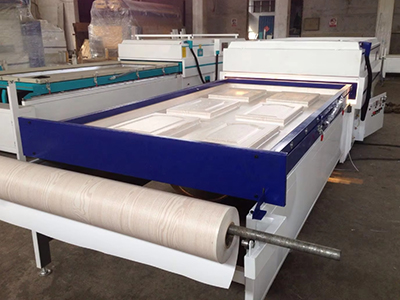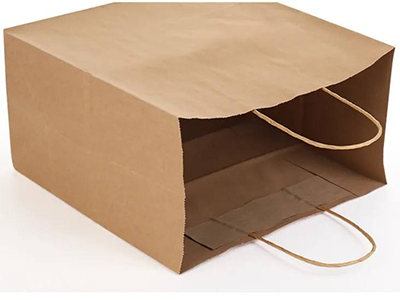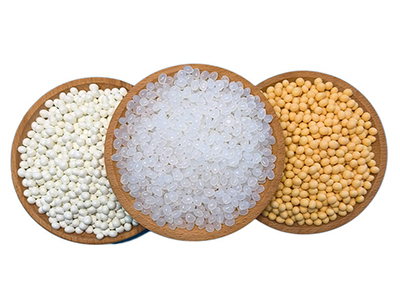Wood adhesive, also known as wood glue, is a widely used bonding agent in woodworking and carpentry. While it offers many advantages, it also has some disadvantages and limitations that should be considered:
- Limited Gap Filling: Wood adhesive is not suitable for bridging large gaps or irregular joints. It works best when the surfaces to be bonded fit closely together.
- Longer Drying Time: Most wood glues require more time to dry compared to some other fast-drying adhesives like CA (cyanoacrylate) glue. This longer drying time may slow down the assembly process.
- Weakened by Moisture: Traditional wood glues, such as PVA (polyvinyl acetate) glue, are not water-resistant or waterproof. They can weaken or lose their bond when exposed to moisture for extended periods. For outdoor or wet applications, waterproof wood glue or epoxy may be necessary.
- Temperature Sensitivity: Some wood adhesives are sensitive to temperature. Extremely high or low temperatures during the curing process can affect the bond’s strength.
- Brittleness: Certain wood glues, when fully cured, can become somewhat brittle. This can be a disadvantage in applications where the bond needs to withstand bending or flexing.
- Incompatibility with Some Finishes: If you plan to finish or paint the wood after gluing, be aware that some adhesives may not accept finishes or paint as well as the wood itself, potentially causing visual inconsistencies.
- Limited Application Temperature Range: Wood glues may have temperature limits for their application. Some are not suitable for extremely cold or hot environments.
- Difficult to Disassemble: Once wood adhesive is fully cured, disassembling parts bonded with it can be challenging, and it may cause damage to the wood surfaces.
- Potentially Toxic Fumes: Some wood adhesives emit fumes during the curing process. It’s important to use them in a well-ventilated area and follow safety precautions as recommended by the manufacturer.
- Limited Bond Strength on Certain Materials: While wood glue is designed for bonding wood, it may not adhere well to certain other materials like metals or plastics. For such applications, specific adhesive types are better suited.
To mitigate these disadvantages, it’s important to select the right type of wood adhesive for your specific project and understand its limitations. For example, using waterproof wood glue or epoxy for outdoor applications, ensuring proper joint preparation, and following manufacturer instructions can help address some of these concerns. Additionally, considering alternative fasteners like screws or dowels may be necessary for certain woodworking projects, depending on the specific requirements and design.






